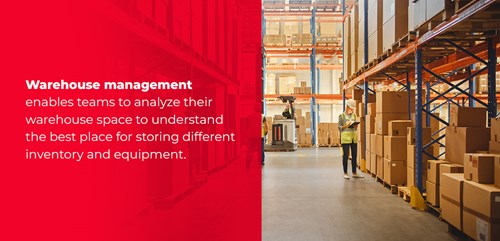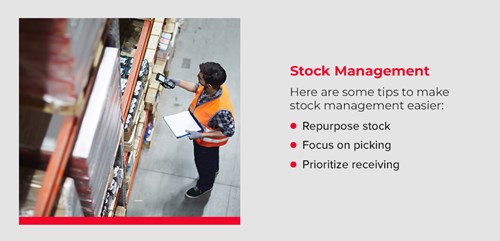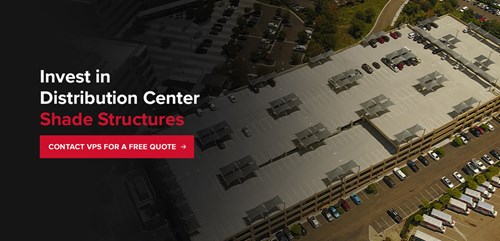Warehouses and distribution centers are at the heart of many organizations. They ensure stock is stored correctly and provide a central location to dispatch customer orders. A warehouse has many working parts, from receiving and dispatch to storage and picking — every aspect is essential. Warehouse managers must also know how to protect warehouse inventory.
Proper warehouse management can help managers optimize warehouse space, streamline labor, track inventory, and improve customer satisfaction. General warehouse management, reducing stock damage, and preventing theft are also essential to ensuring an efficient and effective warehouse.
Read the full article or jump to a specific section:
- The Value of Proper Warehouse Management
- Tips for Overall Warehouse Management
- Tips for Reducing Damaged Stock
- Tips for Preventing Warehouse Theft
The Value of Proper Warehouse Management
Warehouse management is essential for tracking and monitoring stock levels, sending orders, and managing theft and stock losses through various processes. Effective warehouse management can help overcome different warehouse challenges including inaccurate inventory, inefficient labor management, and meeting seasonal demand.
The methods used in warehouse management allow for stock tracking from the moment it is delivered to the distribution center to the customer’s doorstep, especially if warehouse management is automated by using warehouse management systems (WMS).
Implementing proper warehouse management can help optimize warehouse space, streamline labor, increase stock visibility, and improve customer satisfaction.




